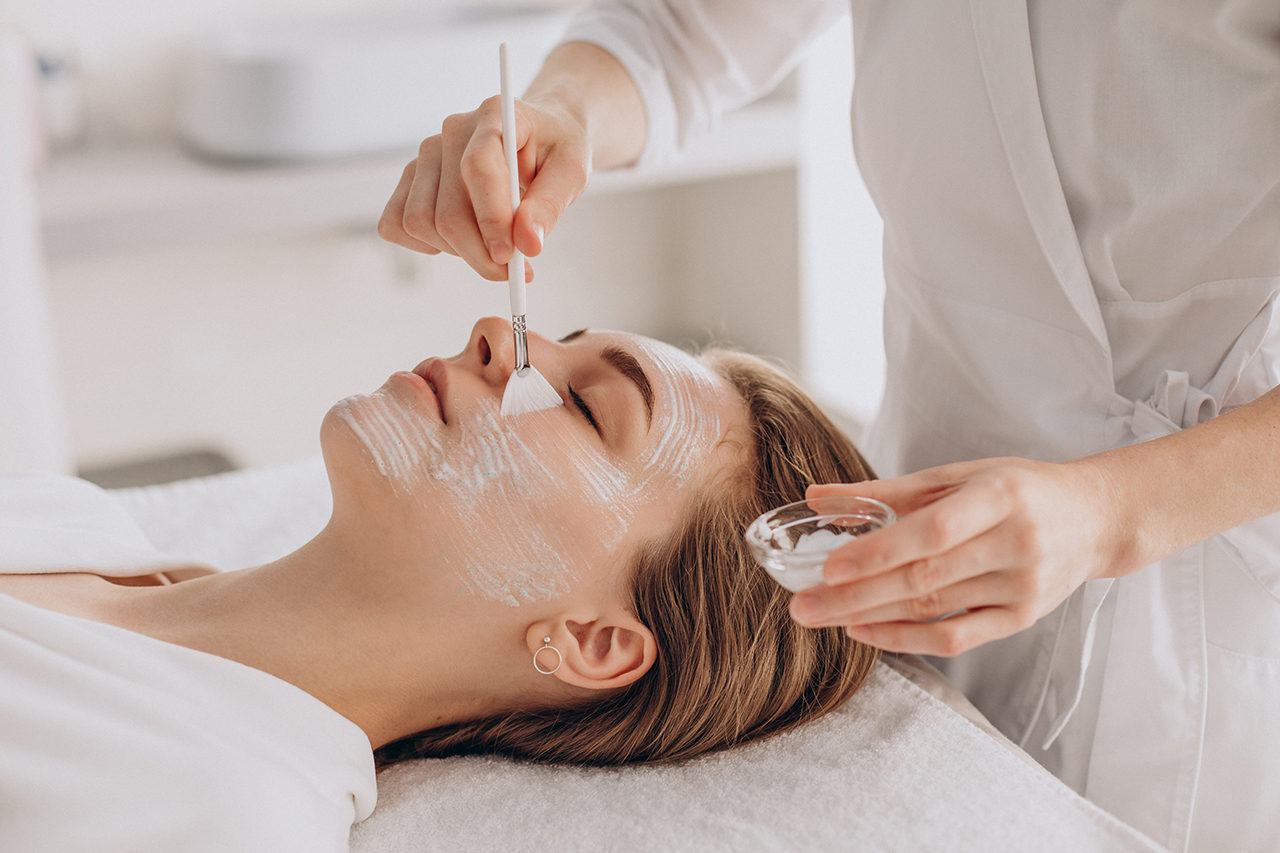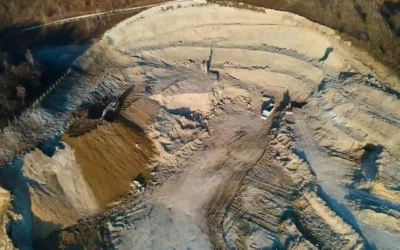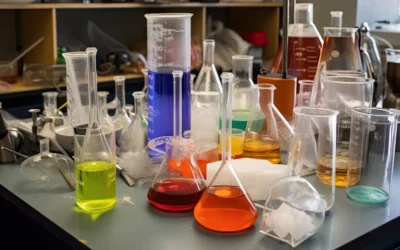Among the properties of clay we can say that it is:
detoxifying, anti-inflammatory, decongestant, depurative, refreshing, soothing, antibiotic, healing, moisturizing, immunostimulant, disinfectant, toning, regulating multiple functions of the organism, etc.
Remineralizing: this property varies according to the trace elements it contains, some types of clays being more remineralizing than others.
Healing: ensures tissue regeneration and reduces scarring thanks to the aluminum silicate contained in its composition.
Stimulating: the presence of abundant trace elements allows a rebalancing and stimulating action on the skin. It awakens the activity of deficient glands, regulating our metabolism and balances excess energy.
Antiseptic or antibacterial: unlike drugs, whose action does not distinguish between beneficial and harmful substances for our body, clay is a living substance that acts where it is needed. It also stops the proliferation of microbes and eliminates them, favoring the regeneration of healthy cells.
Absorbent: absorption is the fixation of a liquid or gas inside the clay, in the way a sponge absorbs water. Therefore, clay absorbs toxic substances from the body, from solid and liquid foods.
Adsorbent: adsorption is the fixation of a substance on the surface of the clay, on which its antiseptic, anti-inflammatory and antivenom properties depend.
Depurative: for its capacity to drain and evacuate toxins.
Covering: the moistened clay forms a film on the surface of the skin, being soft, creamy and easy to spread. We must remember that one of the most outstanding qualities of clay is its plasticity (ability to be molded) and it was for this quality that, according to the Bible, God chose it to shape man’s body.
Sedative: soothes pain, inflammation, edema and ulcers, being very effective in the treatment of bumps, wounds, burns, bites and irritations as well as muscle spasms.





